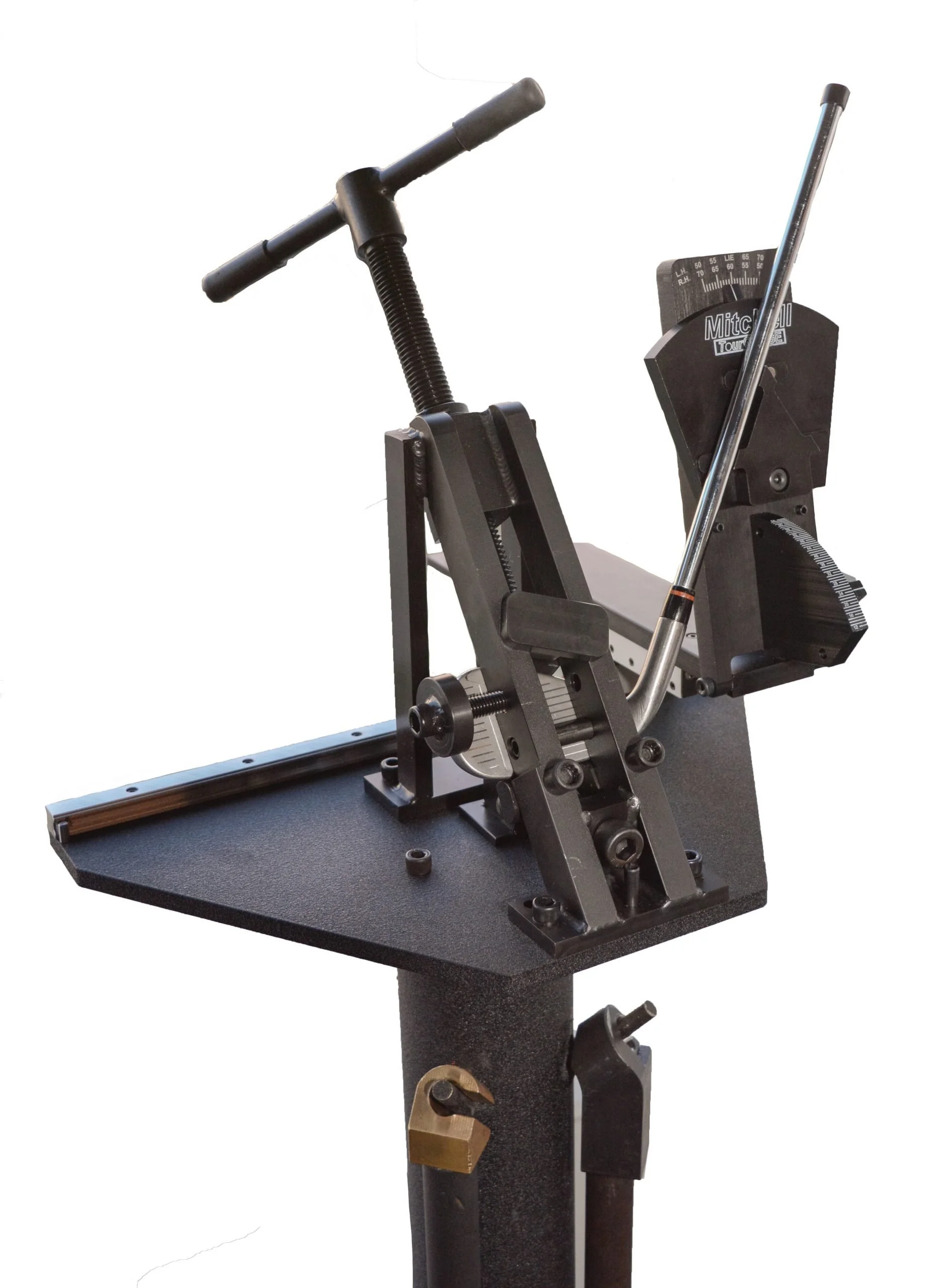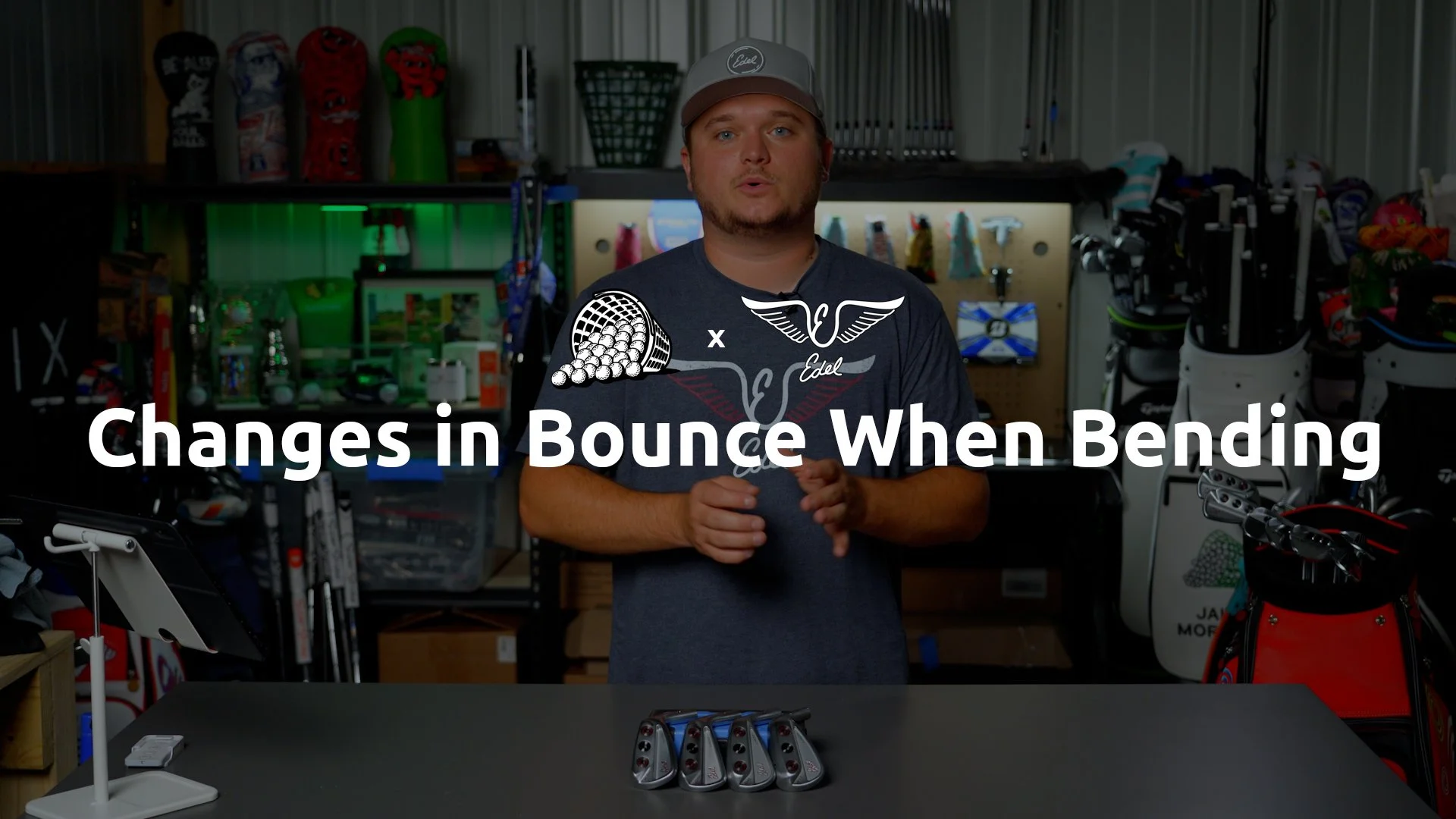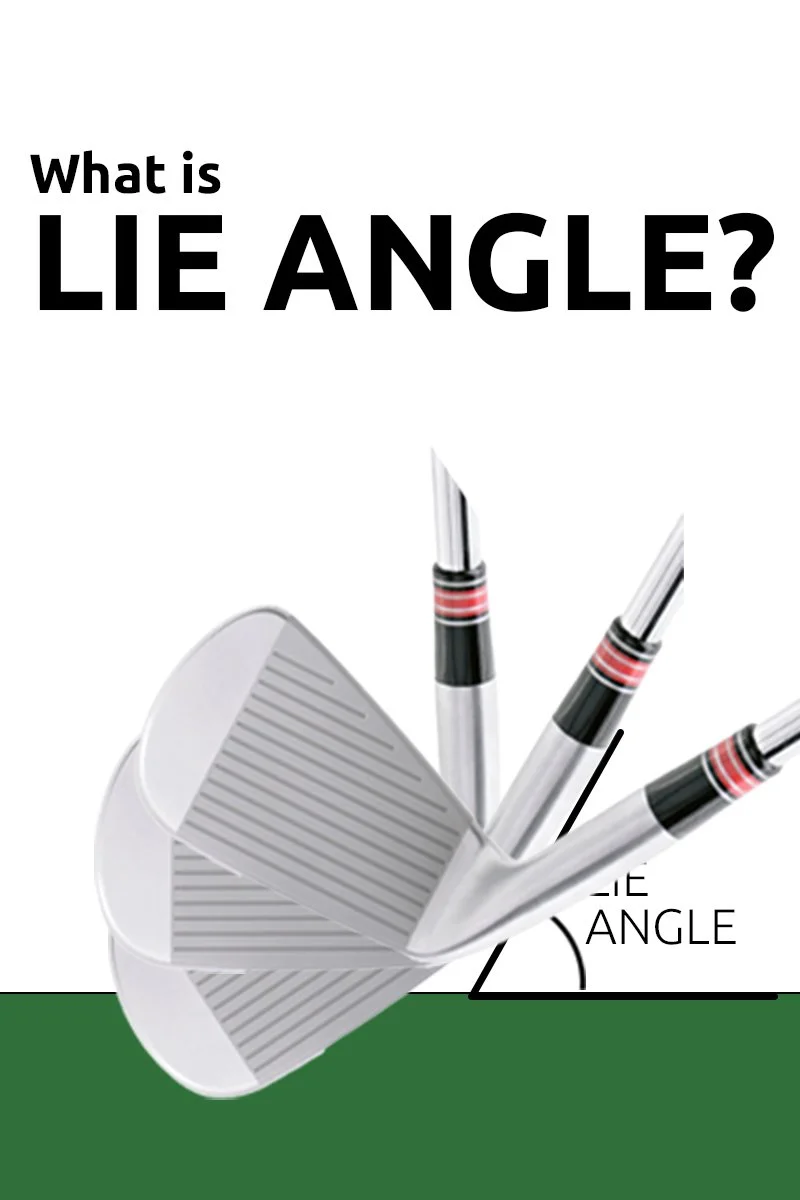What really happens when you bend your irons?
Bending your irons weaker or stronger is a common way to compensate for other performance characteristics. You may need to bring ball flight down with stronger lofts, or increase spin with weaker lofts. Whatever the case, there are some things to consider before you start bending. With some help from our sponsor at Edel Golf, and their new SMS Pro Irons, we’ll dive in and explain what actually happens when you bend your irons.
There are three things to consider when bending your irons weaker or stronger. For the purpose of this topic we’ll assume that you are not changing your lie angles.
LOFT. OFFSET. BOUNCE.
LOFT
The first one is pretty self explanatory and likely the reason you are bending the irons in the first place, loft. Bending your clubs weaker means that you are adding loft to the clubs which is theoretically increasing spin and launch while decreasing overall distance. This can be great for a golfer who may have gone with a combo set and is trying to maintain a launch window with their more forgiving long irons. Bending your clubs stronger is to take loft off of those clubs which would theoretically lower launch and spin and increase potential distance. This might be great for a golfer who plays with a lot of spin and is looking to control that variable by strengthening their irons.
OFFSET
What happens when you bend these clubs though is more than just adjusting the loft. You’re also influencing other variables of the clubs. Offset for example can be a big one because it affects how the club looks behind the ball. As you bend clubs weaker in loft you are taking offset out of the club. Not only is this going to visually change what the club looks like at address, but it’s also going to slightly change how they play. More offset on a club will typically provide a more forgiving club that helps to eliminate a big left to right shot miss, but bending clubs weaker will take some of that offset out which could make that miss bigger if it already exists within the player. Bending your clubs stronger is going to add some offset to the clubhead which could negatively affect a good ball striker who likes minimal offset and is in total control of their club head. These players could see this addition of offset cause a more left miss or a lack of ability to shape the ball as well as they did before the bend change.
BOUNCE
The last thing that’s going to change is the bounce of the club, which will come into play more on your wedges than your irons, but is still something important to think about. As we talked about in our full breakdown for bounce, more bounce is typically a more forgiving club. Bounce is a friend for 99% of golfers, because it's an equipment-based way that could help save a not-well-struck golf shot. By bending clubs weaker you are increasing the bounce of the club, and bending them stronger you are decreasing the bounce of the clubs.
Feel Free to Test
Don’t be afraid to mess with the structure of your clubs. Bending them weak or strong may be the answer to finding the perfect combination for your game, and it’s something that tons of golfers at any level do. Just make sure that you are experimenting and bending under the supervision of a trained professional so that you aren’t going to break your clubs! Bending is not something that should be done at home and will likely void your warranty for those clubs if they are not bent properly by a professional.
Thanks to our sponsor Edel Golf for supplying us with the product used to demonstrate this topic. For more information on all Edel Golf products or to find an authorized fitting center near you visit edelgolf.com









